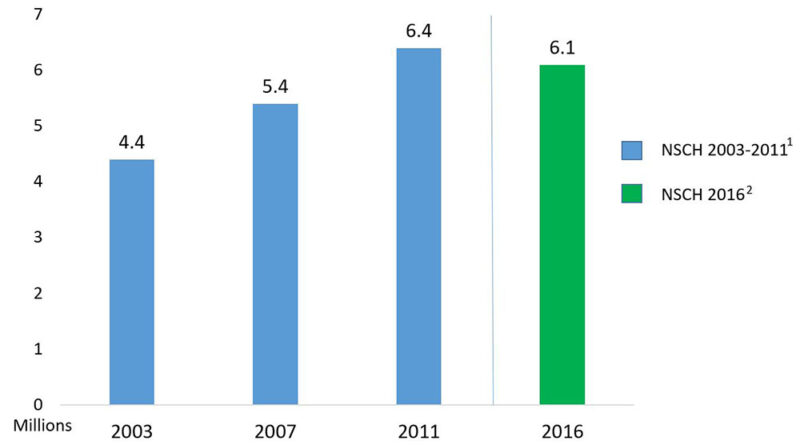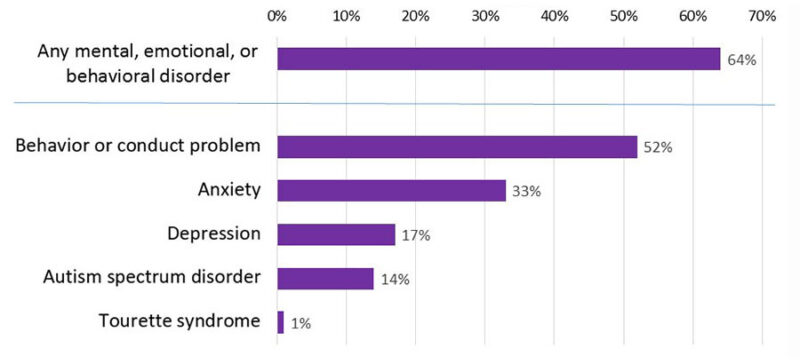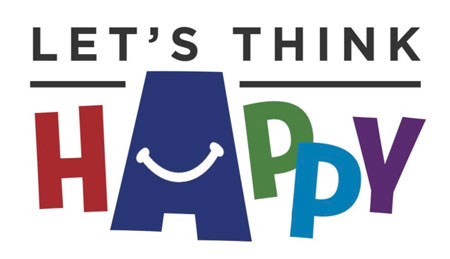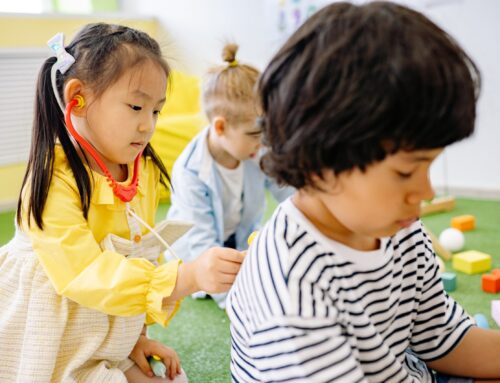Have you ever asked yourself “Does my child have ADHD?” Millions of children in the United States have been diagnosed with ADHD. In fact, according to the CDC, in 2016 an estimated 9.4 million children have been diagnosed. This includes 388,000 between ages 2-5, 2.4 million between ages 6-11, and 3.3 million between ages 12-17. ADHD is primarily caused by genetics, but can also be caused by environmental factors such as lead poisoning, being born prematurely, or being exposed to toxins in the womb, such as alcohol, smoke, or drugs.

According to the CDC, 5 in 10 children that have been diagnosed with ADHD also have one other mental, emotional, or behavioral disorder.

Because children with ADHD are so prevalent in the United States, there are a multitude of resources to help. Especially in the school system. With an official diagnosis, parents/guardians can set up an “IEP” for a child at school. Depending on the child’s needs, he or she can get extra time during tests, be given a spot in the classroom with less distractions, and many other helpful remedies. There are two ways that a parent can help their child with ADHD. Natural, and medicated. Healthline.com suggests for a natural approach, parents may be able to help their children by simply changing their diets. Such as avoiding certain food colorings (see below) and potential allergens. This could be especially helpful if the child has negative reactions to the medications prescribed. Either way, therapy can be extremely helpful for those diagnosed with the disorder. Here are the food colorings mentioned above:
- sodium benzoate, which is commonly found in carbonated beverages, salad dressings, and fruit juice products
- FD&C Yellow No. 6 (sunset yellow), which can be found in breadcrumbs, cereal, candy, icing, and soft drinks
- D&C Yellow No. 10 (quinoline yellow), which can be found in juices, sorbets, and smoked haddock
- FD&C Yellow No. 5 (tartrazine), which can be found in foods like pickles, cereal, granola bars, and yogurt
- FD&C Red No. 40 (allura red), which can be found in soft drinks, children’s medications, gelatin desserts, and ice cream
There is an astounding amount of evidence that ADHD in children continues to increase almost every year. According to HealthyChildren.Org, a child only has a 1 in 4 chance of developing ADHD from a parent. Although there is no solid evidence that food additives can cause ADHD, many wonder whether there is a correlation between an increase of food additives and the increase of ADHD in children. It is also likely that as society becomes more aware and open to the idea of getting help for mental health, parents feel more comfortable seeking out a professional for their child.
If you believe your child may be exhibiting symptoms of ADHD or ADD, feel free to stop guessing! Take our FREE personalized questionnaire created by a licensed therapist to find out which type of therapy is best for you. Then get your FULL results to find out whether you have symptoms of:
- ADHD/ADD
- Anxiety
- Bipolar Disorder
- Depression
- Personality Disorder
- Eating Disorder
- PTSD
- OCD
- & More!
Start on your journey to a happier life today! Life is too short not to be happy, so let’s think happy.
Resources:
https://www.healthline.com/health/adhd/natural-remedies#dietary-changes
https://www.cdc.gov/ncbddd/adhd/data.html
https://www.healthychildren.org/English/health-issues/conditions/adhd/Pages/Causes-of-ADHD.aspx






